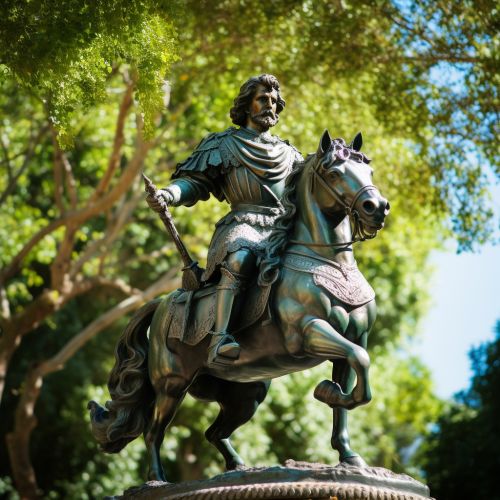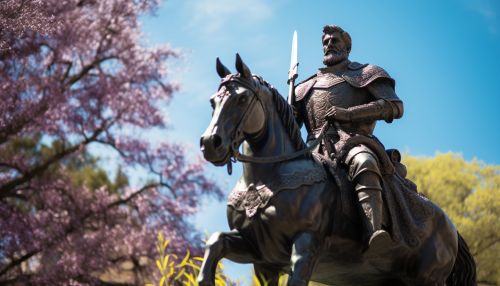Francisco Pizarro
Early Life
Francisco Pizarro was born in Trujillo, Spain around 1474. He was the illegitimate son of infantry colonel Gonzalo Pizarro and his mistress, Francisca González. Pizarro grew up in poverty, without any formal education. His early years were spent as a swineherd, a humble beginning for a man who would later conquer an empire.


Journey to the New World
In 1502, Pizarro embarked on his first voyage to the New World, joining the second expedition of Nicolas de Ovando, the newly appointed governor of Hispaniola. Pizarro's duties during this expedition were those of a soldier and a colonist. He participated in the military campaigns against the indigenous people and helped to establish new Spanish settlements on the island.
Exploration of South America
In 1513, Pizarro joined Vasco Núñez de Balboa in his expedition across the Isthmus of Panama, where they discovered the Pacific Ocean. This expedition marked the beginning of Pizarro's interest in exploration and conquest. Over the next decade, he made several more voyages to the South American continent, exploring the coasts of present-day Colombia and Ecuador.
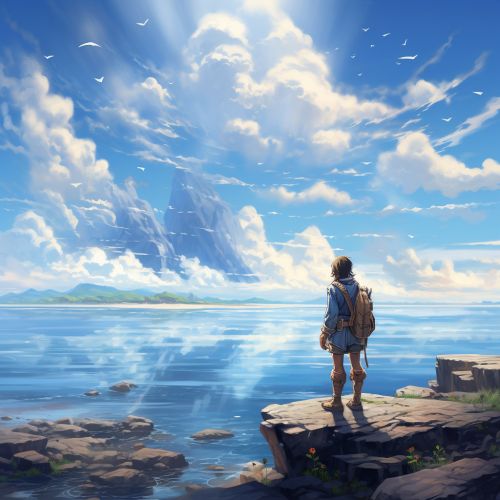

Conquest of the Inca Empire
In 1524, Pizarro embarked on his first expedition to conquer the Inca Empire, a vast and wealthy civilization located in the Andean region of South America. Despite facing numerous challenges, including harsh weather conditions, hostile indigenous tribes, and a lack of supplies, Pizarro and his men managed to reach the northern borders of the Inca Empire. However, they were forced to turn back without making any significant progress.
Undeterred, Pizarro launched a second expedition in 1526. This time, he managed to establish a small colony on the coast of Ecuador, which served as a base for further exploration. From there, Pizarro sent a small reconnaissance party inland, which returned with reports of a large and wealthy empire.
Encouraged by these reports, Pizarro returned to Spain to seek official support for his conquest. In 1529, he obtained the royal approval of Charles V, Holy Roman Emperor, who granted him the rights to conquer Peru and become its governor.
In 1532, Pizarro launched his third and final expedition to the Inca Empire. With a force of just 168 men, he managed to capture the Inca emperor, Atahualpa, during the Battle of Cajamarca. This marked the beginning of the end for the Inca Empire.
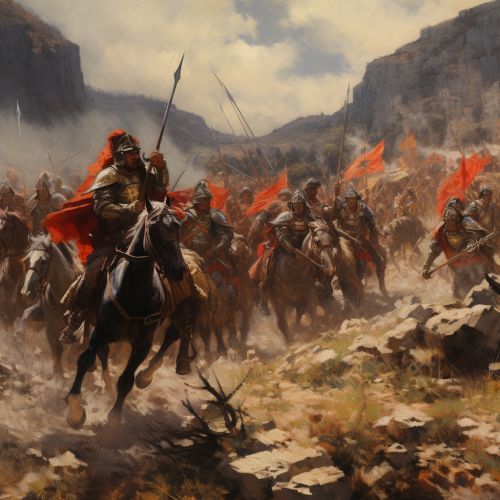
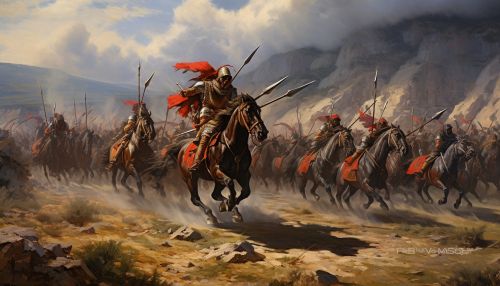
Governorship and Death
Following the conquest of the Inca Empire, Pizarro established the city of Lima and became its first governor. However, his rule was marked by conflict and unrest, both among his own men and with the remaining Inca resistance.
In 1541, a group of disgruntled Spanish colonists led by Diego de Almagro II stormed Pizarro's palace in Lima and assassinated him. Pizarro's death marked the end of his controversial career and the beginning of a turbulent period in the history of Peru.
Legacy
Pizarro's legacy is a complex one. On one hand, he is remembered as a brave explorer and a cunning military leader. His conquest of the Inca Empire opened up South America to Spanish colonization and significantly expanded the Spanish Empire.
On the other hand, Pizarro's actions led to the destruction of a rich and sophisticated civilization. His treatment of the indigenous people was brutal and ruthless, and his rule was marked by greed and corruption.
